Research Themes
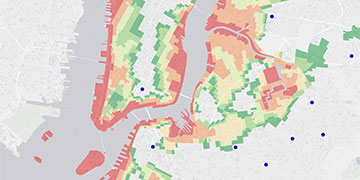
Design Storms
How to place design storms given climate uncertainty remains a significant challenge for infrastructure resilience. This Task Force is developing new insights for how to modernize the design process and what design storms mean in a climate-impacted future.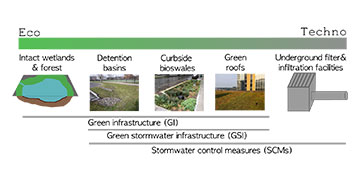
Green Infrastructure
Our green infrastructure research efforts are focusing on: 1) the specifics of design or governance in particular cities; and 2) generating new research that compares various aspects of GI across a number of our network cities.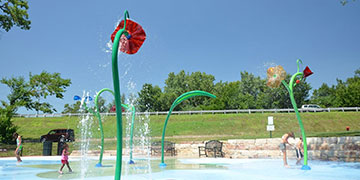
Social Value of Adaptation and Resilience Projects
This UREx SRN research theme focuses on two primary objectives: (1) the conceptual development of a framework for understanding social value creation in the climate adaptation and resilience context and (2) knowledge exchange between cities: sharing successful climate projects that have generated significant social values in addition to mitigating climate risks such as droughts, heat waves, urban flooding, coastal flooding, and sea level rise. The second objective is achieved through the development and publication of the Social Value of Adaptation and Resilience Case Study Database.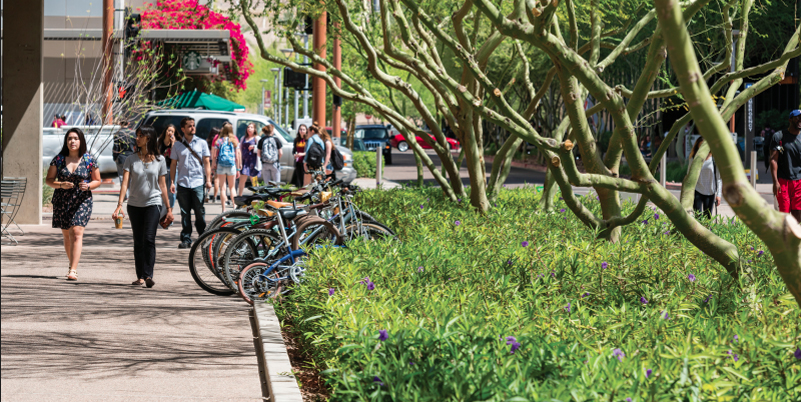
Heat Action Planning
This UREx SRN Research Theme Focused on: (1.) Transforming detailed, local, contextual accounting of how residents currently and historically cope with rising temperatures into actionable strategies and design interventions in their neighborhoods via collaborative workshops. (2.) Co-developing a community Heat Action Planning Framework and Heat Action Planning Guides for various neighborhoods in the Greater Phoenix Metropolitan Area. (3.) Co-presenting city Heat Action Plans to city officials and county planners.
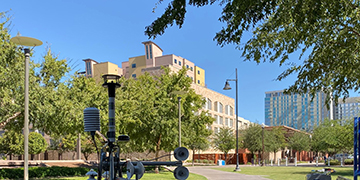
Extreme Heat and Urban Densification
In recent years, dense metropolitan cores and an urban lifestyle have become an attractive alternative to the once-preferred suburban way of life. City planners have begun to increasingly focus on the idea of creating concentrated city centers that give residents the opportunity to live a more connected lifestyle in close proximity to their home, while reducing reliance on automobile transportation.

